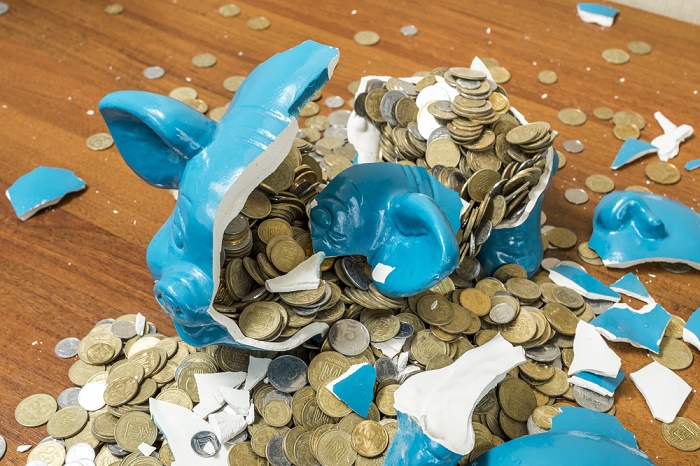
Americans are saving less these days — a sign that Americans are making more money, feeling better about the future or are just completely irresponsible and incapable of learning a lesson from a crisis.
Depending on how one views the importance of saving.
As of September, the savings rate in the U.S. dropped to 3.1 percent, according to the Commerce Department. That’s down from August’s 3.6 percent rate and the lowest that number has been since the eve of the Great Recession in 2007.
Consumers, chastised by the great financial unwinding, were much more likely to mattress their money. During Q4 2007, the debt hit a historic rate of 13.2 percent right as the savings rate was bottoming out.
In the aftermath, Americans got way more into saving — with an 11 percent peak in 2012.
It’s been dropping consistently ever since.
So, is it good news or bad news? Harder to answer than you might suspect.
“A lower savings rate shows there’s finally some confidence showing up and the wall of panic and worry that’s highlighted this recovery is starting to fade,” said Jim Paulsen, chief investment strategist at the Leuthold Group. “This says more about confidence reviving and is something you might have seen earlier in a normal recovery.”
But, confident or not, wages did not pick up much during the quarter, meaning customers are spending more of their income, leaving some economists concerned the recent blip in spending isn’t sustainable and could signal a slowdown for consumers in the fourth quarter.
“Let’s hope that wage growth accelerates from here, because the decline in the savings rate is disconcerting,” said Peter Boockvar, chief market analyst at the Lindsey Group.
The decline in the savings rate, though, is a drop in the rate of growth, not an outright negative. In fact, the total savings level hit $9.2 trillion as of mid-October and has continued to climb higher.